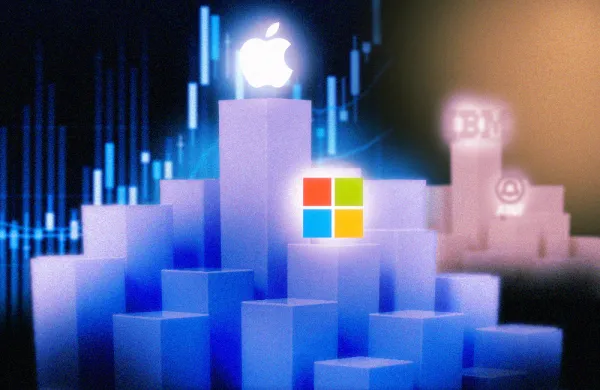The latest evidence that the robots are coming for your job emerged this March when Google’s DeepMind artificial intelligence software beat the world champion in Go, an ancient Chinese board game similar to chess but with much more complex movements. The exhibition showed that the software not only had mathematical processing power but also was capable of humanlike intuition to make decisions. If artificial intelligence software is now capable of consistently winning a game that has more possible positions than there are atoms in the universe, surely it could replace the job of a Wall Street analyst, right?
There have been a healthy number of stories saying robots are coming for Wall Street jobs. Conjuring images of the pregubernatorial Arnold Schwarzenegger — albeit one armed with a scientific calculator and a mandate to snuff out armies of analysts — these stories have painted a picture of a not-so-distant future in which much of Wall Street is replaced by automation software. Although that makes for a sensational headline, it won’t be the case.
From where I sit on the front lines of data science evolution, it is clear that automation is indeed coming to Wall Street in a big way. But the future of how it will be implemented is a lot less Terminator than it is Iron Man. The central difference between the two, of course, is that The Terminator is about robots taking over and an apocalyptic future, whereas Iron Man represents what is possible when smart people are empowered by amazing technology.
Big data, algorithmic trading, machine learning and all of the other buzzwords currently shaking up the financial services industry are more about building our future than they are about knocking us down.
Surely, this evolution will have an impact on Wall Street, upending many traditional ways of transacting business while defining a path for new ones to flourish. Ultimately, however, the process will energize growth in the financial services industry.
The amount of new information introduced to the world every day is staggering. IBM estimates that 2.5 quintillion bytes of data are created every day. It’s further projected that 1.7 megabytes of new information will be created every second for every human being on the planet by 2020. The task of sorting through that information, reconciling disparate sources, filtering out noise and finding a signal that can support an investment decision has surpassed the capabilities of mere mortals.
In the traditional financial research world, filtering by means of humans using keywords and other basic search techniques, the average researcher would read through ten documents to find one relevant piece of information. That’s simply not scalable with the mountain of information that’s being created every day.
Thanks to innovations in data science, the way we interact with data is also evolving rapidly. At the most basic level, this type of technology is being used today in online businesses such as Netflix and Amazon.com, which have been able to learn what users like and adjust their offerings based on customer behaviors. In the financial services world, this behavioral customization is making an impact on everything from the design of new research platforms to the process of integrating regulatory and compliance measures directly into the financial professional’s workflow.
As data technology continues to evolve, we expect to see significant strides being made beyond the old-fashioned data terminal approach and toward fully customized solutions built to maximize utility and productivity.
Best of all, we see data science having a huge impact on the ability to generate investment insights drawn from seemingly disparate events around the world. Unstructured text in everything from breaking news articles to text messages to tweets can have dramatic and unpredictable impacts on financial markets. Imagine if we could quickly understand the correlations that exist between these types of unstructured pieces of information and market performance.
We can. Companies have built search applications to interrogate vast quantities of unstructured data, allowing for enhanced predictive capabilities at what had been thought unimaginable speed, providing even the most traditional Wall Street analyst with the equivalent of Tony Stark’s arc reactor to power research.
Data science is changing and improving the world of financial markets research and analytics. Those embracing this evolution will soon realize opportunities that were once the stuff of science fiction.
Mike Chinn is president of S&P Global Market Intelligence in Charlottesville, Virginia.
Get more on trading and technology.






